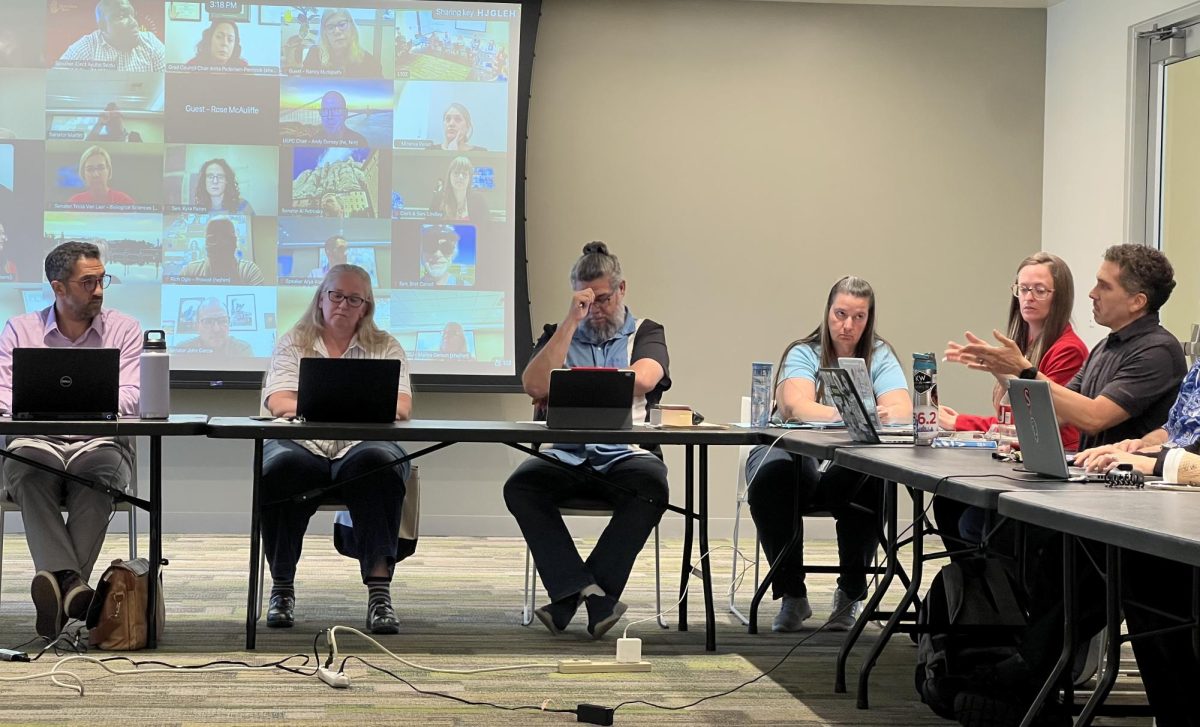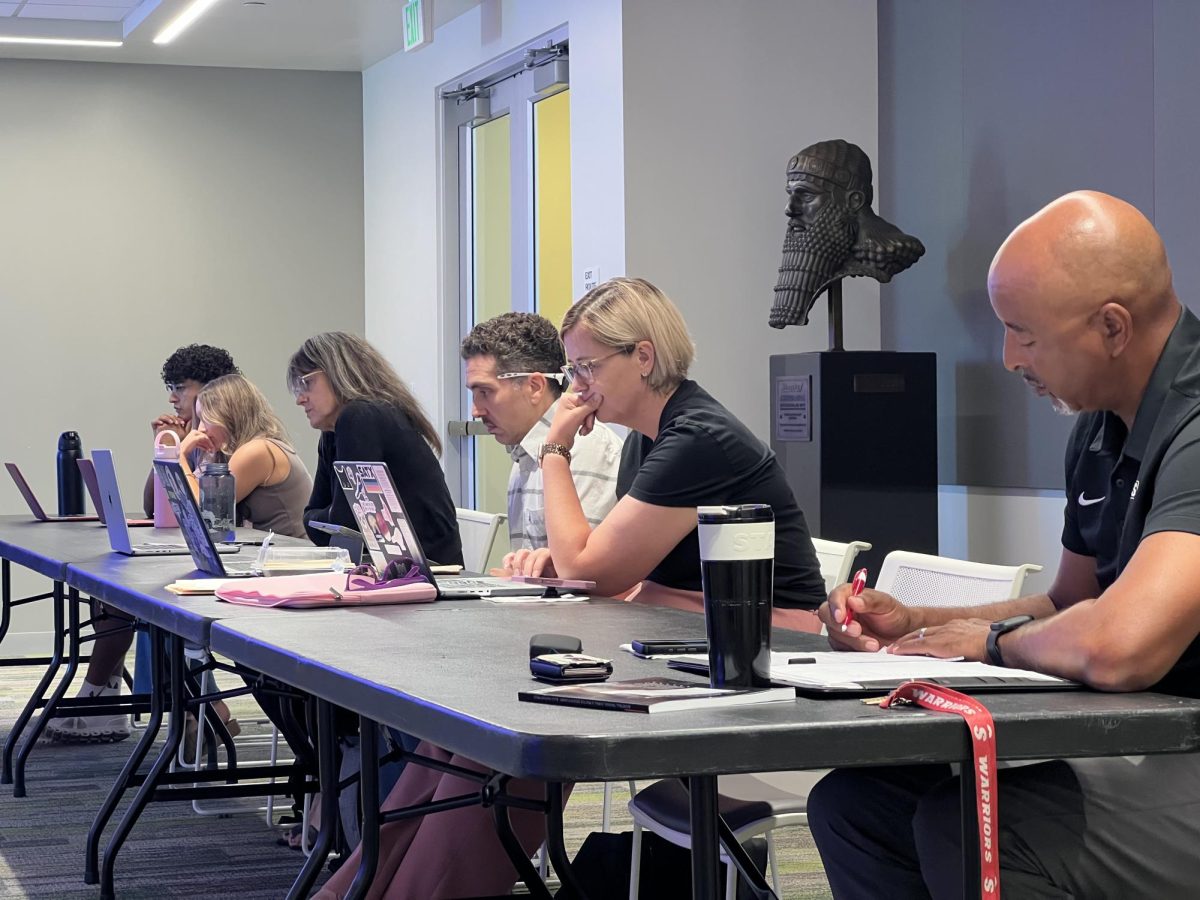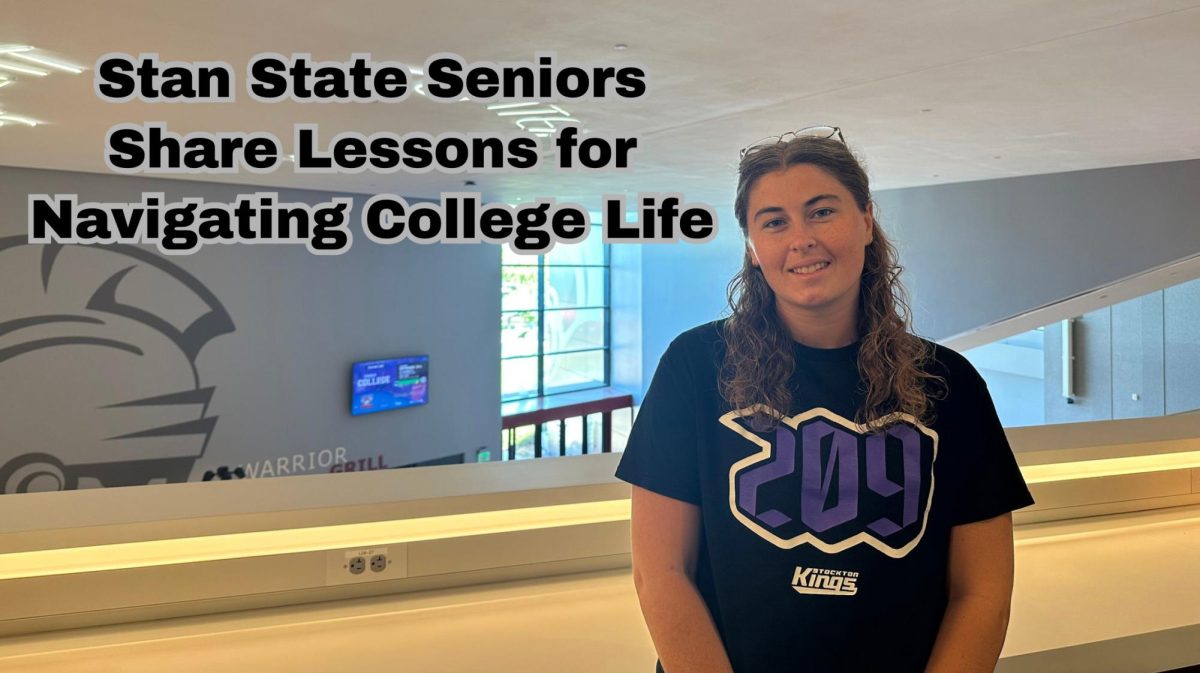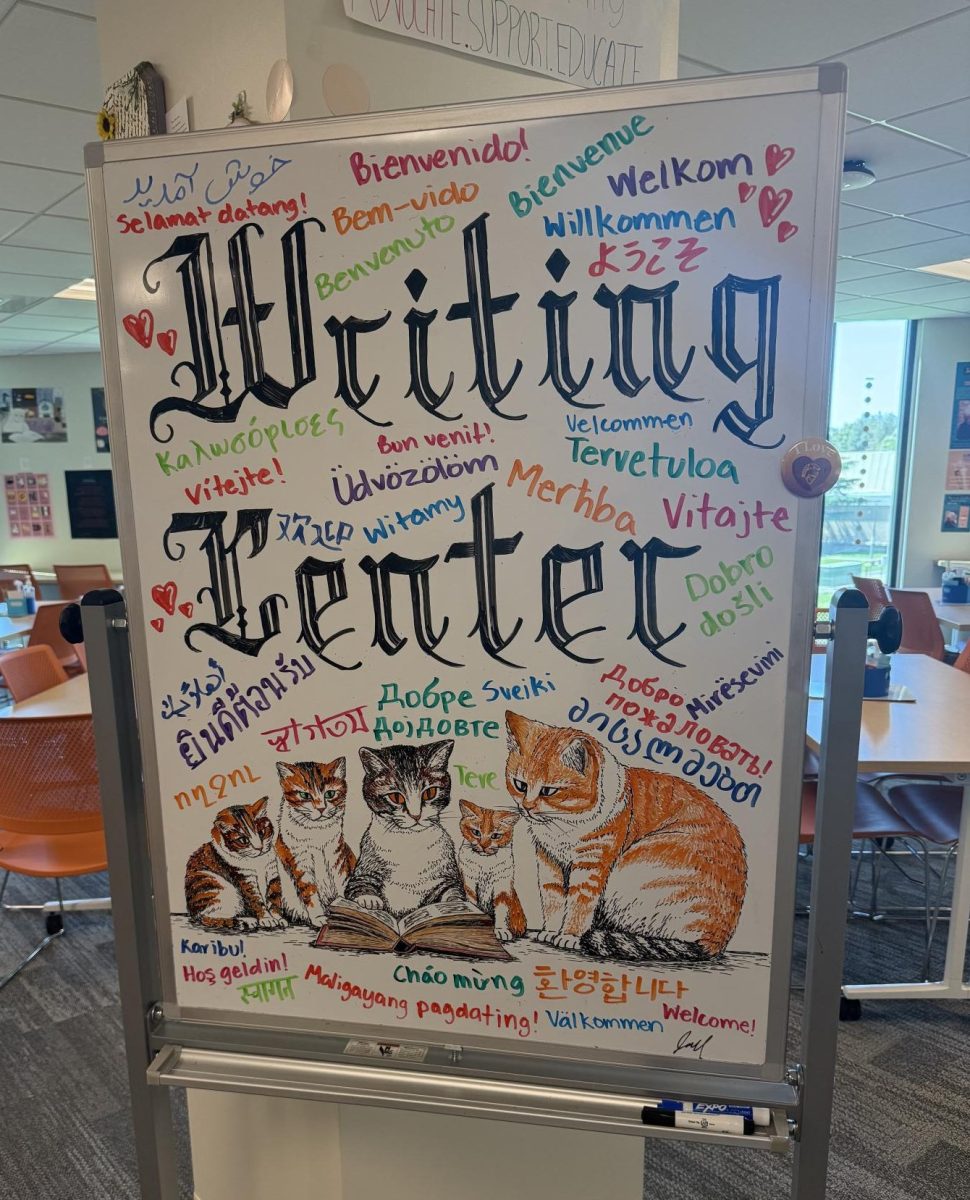Some students may be feeling that classes this semester aren’t as harmonious as the face-to-face classes of the past. With distance learning, asynchronous and synchronous virtual classes have been the only option for students. Considering our schedules constantly change as students and teachers, we have to further adapt to the various asynchronous and synchronous classes that are sprinkled in our schedule.
Similar to face-to-face classes, synchronous classes continued to create an almost normal class schedule, despite being virtual.
Adriana Franco (junior, History) felt she adjusted quickly last semester, “I just jumped right into my classes… The professors sent out reminders on assignments that were due soon, and that was very useful for staying on top of things.” Franco continued.
So far, her experience with synchronous classes has greatly improved this semester due to her prior knowledge with these classes. “I found that synchronous classes were easier to manage because the assignments corresponded with meeting days.”
Franco suggests students can improve their experience with these classes by planning ahead of time and keeping track of deadlines and days classes meet up.
Synchronous classes are more likely to follow a constant schedule, which may end up encouraging students to keep up with their classes and deadlines.
The change from in-person classes to online classes does not only affect students, but it also affects professors. Dr. Ping Luo (Department of Kinesiology) shares his sentiment on his asynchronous class format and how it works for him. “In order for me to make sure my students are engaged in class, I also have to be engaged with the class, and I do this by being immersed into my yoga lessons for them.”
With Dr. Luo’s schedule being heavily asynchronous based, he notices his asynchronous classes are proving to have more benefits than the synchronous and in-person classes that he regularly had before. “In terms of knowledge and diving deeper, in my past 20 years teaching at the university, I notice that students come and go but they really don’t pay attention to the content itself. When you’re sitting in front of the computer by yourself, you’re going to pay attention and reflect more.”
Although both an asynchronous and synchronous class format comes with their own difficulties, Dr. Ping is able to see the silver lining with his class endeavors as a professor. “I enjoy an asynchronous platform because I see the shift and change of a student’s knowledge, attitude, and ability to learn. I am a believer of an asynchronous format. Both synchronous and asynchronous are going to be good either way, it just depends how you approach it.”
In regards to Dr. Ping’s asynchronous class format, Job Medina-Ramirez (senior, Public Health) shares with us, “I enjoyed my asynchronous experience with Dr. Ping and continue to do so. I think that this approach keeps me stress free while staying engaged with the course work due to the format and style of the course work. Dr. Luo makes it possible to work ahead and at times only has to worry about one or two things by making something due each week, this leaves that waiting to the last minute to do everything out of the question.”
Managing an efficient work flow seems to be the biggest priority for students when it comes to managing the combinations of asynchronous and synchronous classes.
Medina-Ramirez shares a piece of advice with how he tackles asynchronous formatted classes. “My advice would be to make sure you stay up to date with the syllabus, as these can change frequently when you consider all of the classes. I like to say that work hard to schedule what you need to do each week and each day. This makes it simple to accomplish tasks, while not worrying about things that are not on the daily schedule.”
Franco manages her mix of asynchronous and synchronous classes by emailing her professors or classmates any questions or concerns regarding her class.
“I email professors with questions, and I email classmates when I happen to miss classes.” Franco said.
Connections to other classmates is still important. Students can ask questions on their mediums such as Canvas, or Zoom to communicate with other students, despite not being in the classroom together.
Staying engaged in classes with little to no interactions with the teachers and students is tedious, but students can also take advantage of these classes to learn at their own pace.
Students have experienced different kinds of schedules ever since Stan State moved online. Due to the combination of synchronous and asynchronous classes, students have had to adjust. With some planning and getting used to, students can learn to adapt to all of these changes.







